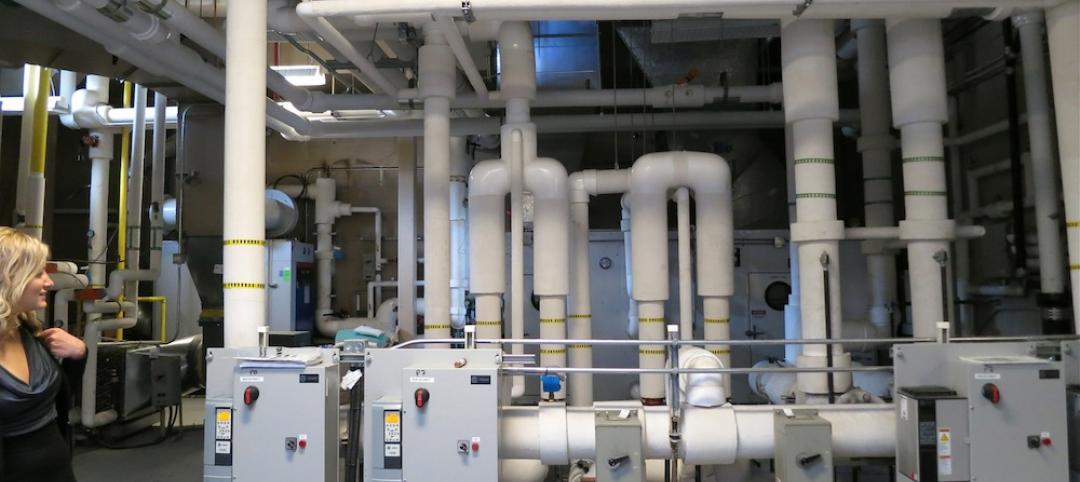ASHRAE has released updated editions of its standards for ventilation system design and acceptable indoor air quality (IAQ).
ANSI/ASHRAE Standard 62.1-2019, Ventilation for Acceptable Indoor Air Quality, specifies minimum ventilation rates and other measures for new and existing buildings to foster IAQ that is acceptable to human occupants and that minimizes adverse health effects.
Significant changes include:
· New tables of ventilation rates per unit area for checking new and existing building ventilation calculations
· Simplified version of the Ventilation Rate Procedure
· Modified Natural Ventilation Procedure calculation methodology
· Revised scope to specifically identify occupancies previously not covered
· New requirement that natural ventilation consider the quality of the outdoor air and interaction of the outdoor air with mechanically cooled spaces
· Humidity control requirements now expressed as dew point instead of relative humidity
The 2019 edition of Standard 62.2 adds a compliance path that gives credit for particle filtration, distinguishing between balanced and unbalanced ventilation system interactions with natural infiltration. The standard also requires compartmentalization limits for new multifamily dwellings, and allows for single-point envelope leakage test results to be used when calculating infiltration credit.
Related Stories
Codes and Standards | Jul 31, 2015
Report offers urban design recommendations for healthier cities, fewer traffic fatalities
Provides concepts for creating safer streets
Codes and Standards | Jul 31, 2015
2015 gypsum fire resistance design manual released
The 2015 edition contains nearly 100 new systems that supplement existing assemblies for walls and partitions, floor-ceiling systems, area separation walls, and many others.
Codes and Standards | Jul 27, 2015
New York City changing zoning rules to reduce shadows cast by high rises
For decades, the New York City’s zoning rules have made it hard to construct high-rise buildings that seem airy and minimize the shadows they cast. The city planning department is now working to change that.
Codes and Standards | Jul 27, 2015
ICC, ASHRAE outline roles to consolidate IgCC and 189.1
"IgCC Powered by 189.1” will provide the design and construction industry with “the single, most-effective way to deliver sustainable, resilient, high-performance buildings," according to the trade groups behind the agreement.
Codes and Standards | Jul 27, 2015
Tennessee county considers local worker requirement on construction projects
A proposed amendment to the charter governing Nashville and Davidson County would mandate that 40% of work hours on city- or county-funded construction jobs costing at least $100,000 be completed by residents.
Codes and Standards | Jul 27, 2015
New guide for installation of mineral fiber pipe insulation on chilled water systems
Developed for professional insulation contractors, the 36-page guide recommends methods for insulating chilled water piping systems using a vapor-sealed mineral fiber pipe insulation.
Green | Jul 23, 2015
NASA: U.S. headed for worst droughts in a millennium
Data from NASA shows carbon emissions could be the driving force behind devastating water shortages and record droughts in the western U.S.
Multifamily Housing | Jul 16, 2015
Minneapolis relaxes parking requirements on new multifamily buildings
The city cut the number of spots required for large developments by half. It also will accept plans with no parking spaces in certain cases.
Codes and Standards | Jul 16, 2015
Berkeley, Calif., adopts balcony inspection program following deadly collapse
Apartment building balconies will be subject to inspections every three years under new regulations adopted following a deadly collapse.
Codes and Standards | Jul 16, 2015
Oregon to spend $300 million for seismic updates on public buildings
A survey found that more than 1,000 Oregon school buildings face a high risk of collapse during earthquakes.















